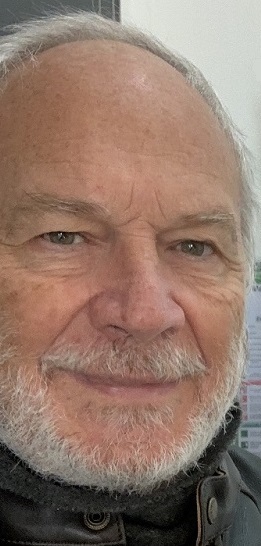FR | EN

A Portal on Computer-Aided Hieroglyphs Translation
(CAHT)
Home | History | Projects | Ones involved | Resources | Publications | Contact
Foreword
In 2010, the Dirk van der Plas and Hans van den Berg's Centre for
Computer-aided Egyptological Research closed after twenty years of good and
loyal services to the scientific community. As its founder said in the
press release announcing its closure, "Since 1990, the team of the
Centre for Computer-aided Egyptological Research (CCER, Utrecht University)
has developed innovative and useful computer tools and international
projects for Egyptological research (among others the Coding Manual, the
Multilingual Egyptological Thesaurus, Glyph for Windows & Extended Library,
Coffin Texts Word Index, Egyptian Treasures in Europe and the World Egyptian
Museum)".
But the community of Egyptologists and Computer Gurus did not find itself
without resources that year since many projects on the subject have been
launched since then. Let us mainly mention
Tomb Reader by Morris Franken and Jan van Gemert in 2015,
Fabricius by the Google/Ubisoft tandem in 2017,
Hieroglyphs AI by Evgeniy & Alexander Sulimov in 2020,
Pixoglyphe by Fleur Brun et al. (2020),
DeepScribe by Krishnan et al. (2020),
GlyphNet by Andrea Barucci et al. in 2022 and
Loracrafft by your Webmaster (2022), without forgetting to mention
Hieroglyphs OCR by Mark-Jan Nederhof, the Hans van den Berg's amazing
site on the Manuel de codage,
Jsesh by Serge Rosmorduc and
MacScribe by Éric Aubourg. The present Web site does not claim to follow
the footsteps of its illustrious ancestor, but the basic intention is to
centralize in here a maximum of information and resources on everything that
has been done, is being done and will be done especially in the specific
field of linguistic pattern recognition (mainly hieroglyphics but not only)
and the automated translation of hieroglyphic texts from the Middle Kingdom
(to begin with).
Our
documentary collection currently contains 145 publications and books
free of charge, do not hesitate to complete it by sending us a
short message.
As for the Loracrafft Project is concerned, an
article was published on January 21, 2025 to present it. We are actively
looking for Python/Keras/php/MySQL programmers who have an in depth
knowledge of CNNs and Attention Mechanisms to start development. Want to
join us? A French/English
forum is at your disposal.
We hope you'll enjoy your visit.
in Montpellier, January 23, 2025.
Didier DTL Morandi
New in 2025
January
-
The Webmaster offers professional quality translations from English to French and vice versa, free of charge, for all types of documents, regardless of their size, provided they are available in electronic format (Microsoft Word, Adobe PDF, Apple Keynote, etc.)
-
Publication of a paper: Computer-Aided Hieroglyphs Translation - CNN deserve your Deep Attention.
-
Publication of a paper: Loracrafft – A client-server architecture to translate hieroglyphic texts word by word with a smartphone.
-
An English/French Forum has been set up to discuss the Loracrafft Project.
Want to enable one-click Web pages translation? Click here.
last update on 2025-01-25 10:21
